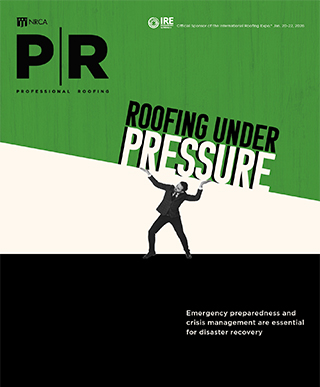Report shows improvement in workplace safety
A recently released seven-year analysis from ISN highlights a positive shift in workplace safety, showing a decline in serious injuries and fatalities and a growing focus on preventing high-consequence incidents, according to Construction Executive. The 2023 data, included in ISN’s updated Serious Injury and Fatality Insights White Paper, reflects progress driven by improved safety culture and operational strategies such as human and organizational performance.
Key positive safety shifts include:
- 16% drop in serious injury and fatality cases from 2022 to 2023, marking the lowest total since 2017
- An increased adoption of human and organizational performance, focusing on improving systems rather than blaming workers
- Greater emphasis on proactive safety strategies like hazard assessments and near-miss reporting
- Mature safety organizations leading the way by cultivating learning environments that prevent future incidents
These trends suggest a sustained shift toward preventing high-risk events and building stronger, more resilient safety cultures.
ISN’s safety report is available at isnetworld.com.
Construction supervisor sentenced to prison for role in fatality cover-up
A New York construction supervisor was sentenced in July to a year in prison and two years of supervised release after pleading guilty to obstructing an investigation of a fatal workplace incident, according to Safety+Health magazine.
In December 2018, Richard Zagger of Northridge Construction Corp., East Patchogue, N.Y., was overseeing workers who were assembling a metal shed on company property in Long Island, N.Y., according to the Department of Justice. During the assembly, a worker fell from an improperly secured shed roof and died.
The Occupational Safety and Health Administration’s investigation identified several worker safety standard violations, including failing to maintain the stability of a metal structure during construction. Inspectors say Zagger made false statements and conspired with others to do so during the investigation.
Zagger pleaded guilty to three counts of conspiracy and one count of obstruction of official proceedings related to the investigation of the incident. Northridge Construction had previously been fined $100,000 and given five years of probation for violating a worker safety standard, causing a death, and making false statements.
Construction-related MSDs are trending downward

The number of construction workers who developed a musculoskeletal disorder that resulted in days away from work decreased more than 20% during a recent 10-year period, according to a report from CPWR–The Center for Construction Research and Training.
Researchers explored industry trends in MSDs, which include tendinitis, back strains and sprains, and carpal tunnel syndrome. According to the National Safety Council, MSDs are the most common workplace injury and remain the leading cause of disability, early retirement and limitations to gainful employment.
Using Bureau of Labor Statistics data, the researchers tabulated 33,200 MSDs among construction employees that resulted in days away from work between 2021 and 2022, a decrease from the 42,100 MSDs recorded between 2011 and 2012.
Other findings include:
- At 25,000, specialty trade contractors accounted for an overwhelming majority of the MSDs among construction subsectors. Building construction was next with 5,000.
- In 2023, 40.5% of construction employees limited their activities for at least 24 hours after a “likely work-related” repetitive strain injury. For all other industries, that percentage was 31.7.
The report is available at cpwr.com.
How to ensure effective safe work practices

Most companies have workplace policies and procedures regarding safety, but effectiveness of such policies can vary.
Safety+Health magazine shares the following recommendations for effective safe work practices.
- They should be clearly stated. Use simple, easy-to-understand words in an active voice. For example: “Wear hard hats on the job site at all times.”
- They should be positively phrased. Employees are more likely to follow a rule when it is worded in a positive way, such as “Always wear rubber gloves on the job,” rather than a negative way, such as “Don’t forget to wear your rubber gloves.”
- They should be fair. Restrictive practices that are meaningless and selectively enforced can make all work practices seem less credible.
- They should be consistently communicated. Share safe work practices regularly in meetings; discuss them during performance reviews; integrate them into department procedures; and post them on posters throughout the workplace, among other strategies.



